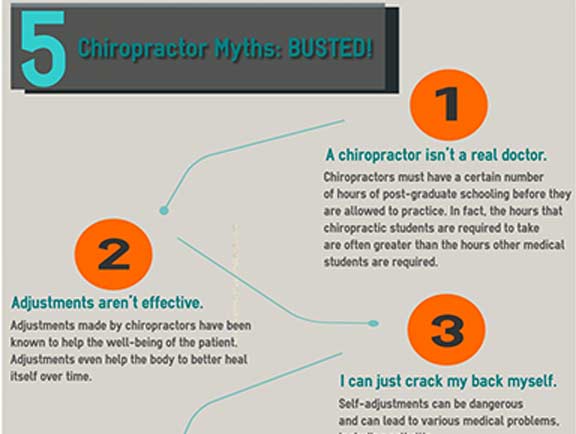The Result Of Position On Pain In The Back: Standards For Maintaining Great Alignment Throughout Your Everyday Routine
The Result Of Position On Pain In The Back: Standards For Maintaining Great Alignment Throughout Your Everyday Routine
Blog Article
Posted By-Salisbury Ritchie
Keeping proper stance isn't almost sitting up straight; it has to do with straightening your body in such a way that sustains your spinal column and decreases the risk of pain in the back. The way you rest, stand, and move throughout the day can dramatically impact your back health and wellness. But exactly how precisely can you guarantee excellent positioning continually, even during hectic days loaded with different tasks? Let's delve deeper right into the refined yet impactful adjustments you can make to your daily regimen to maintain your back pleased and healthy and balanced.
Value of Correct Position
Appropriate stance is important in keeping a healthy and balanced back and protecting against discomfort. When you sit or stand with excellent pose, your back is in alignment, lowering strain on your muscle mass, tendons, and joints. This placement permits the body to disperse weight uniformly, stopping extreme stress and anxiety on particular locations that can lead to pain and pain. By maintaining your spinal column properly aligned, you can also improve your breathing and food digestion, as slouching can press body organs and restrict their functionality.
Additionally, preserving excellent stance can improve your general look and self-confidence. When you stand tall with your shoulders back and head held high, you emanate self-confidence and show up more approachable. Great posture can also make you feel more invigorated and alert, as it advertises appropriate blood circulation and enables your muscles to work effectively.
Incorporating proper position into your day-to-day regimen, whether resting at a desk, strolling, or exercising, is crucial for avoiding back pain and promoting total wellness. Keep in mind, a small adjustment in how you hold on your own can make a significant distinction in how you really feel and operate throughout the day.
Common Postural Mistakes
When it comes to preserving great stance, several people unwittingly make common errors that can add to pain in the back and discomfort. Among the most widespread errors is slouching or stooping over while sitting or standing. This position puts extreme stress on the spine and can bring about muscle discrepancies and discomfort over time.
visit the next page is overarching the lower back, which can flatten the all-natural curve of the spinal column and cause pain. In addition, crossing legs while sitting might really feel comfortable, but it can create an inequality in the hips and pelvis, leading to postural concerns.
Utilizing a cushion that's too soft or as well solid while resting can likewise influence your placement and contribute to pain in the back. Lastly, frequently craning your neck to look at screens or adjusting your position often can stress the neck and shoulders. Bearing in mind these usual postural errors can help you preserve much better positioning and decrease the danger of back pain.
Tips for Correcting Positioning
To enhance your alignment and minimize back pain, it's essential to concentrate on making small modifications throughout your everyday regimen. Beginning by being mindful of your posture. When resting, guarantee your feet are flat on the floor, your back is straight, and your shoulders are relaxed. Prevent slouching or leaning to one side. Use ergonomic chairs or pillows to support your lower back.
When standing, distribute your weight uniformly on both feet, maintain your knees somewhat curved, and tuck in your hips. Involve your core muscle mass to sustain your spine. Take breaks to stretch and walk if you have a less active work. Incorporate exercises that strengthen your core and back muscle mass, such as slabs or bridges.
While resting, utilize a cushion that supports the natural contour of your neck to keep appropriate back alignment. Avoid sleeping on your belly, as it can strain your neck and back. By being mindful of these pointers and making small changes, you can gradually remedy your placement and minimize pain in the back.
Conclusion
Keep in mind, maintaining excellent posture is essential to stop neck and back pain and promoting back health. By being mindful of your alignment, distributing weight uniformly, and engaging your core muscle mass, you can lower strain on your back and minimize the threat of pain and injury. Include ergonomic support, take normal breaks to stretch, and reinforce your core and back muscle mass to keep appropriate placement throughout the day. just click the next web page will thank you for it!
